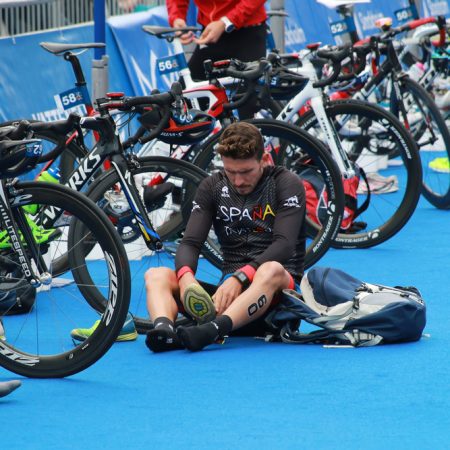Race Day Tips
We spend hours per week training hard for our races, making every little gain we can in being fitter, better swim technique, more aero bike, yet we then spend 5 minutes in transition fighting with our wetsuit or forget to take our energy gels with us out on the run. Essentially negating every bit of physical training, we have completed over the season for the sake of a few seconds of madness. Transition is one area where races are won and lost, more specifically, lost! Please take a look through our five tips to make it that little less scary and faster.
Transition is the term given to the area or areas where you change from swim to bike or bike to run where you leave all the equipment required for the race at your designated number and effectively transition (see what I did there?) from one discipline to the next. In most situations, the changes are referred to as T1 (Swim to the bike) and T2 (bike to run). Here we will be covering both T1 and T2 together as all the tips here apply to both.

We hope these top tips have got you thinking and have helped; if you have any other tips that we have missed, let us know!
Take a look at what TCC has to offer and build your fitness with us